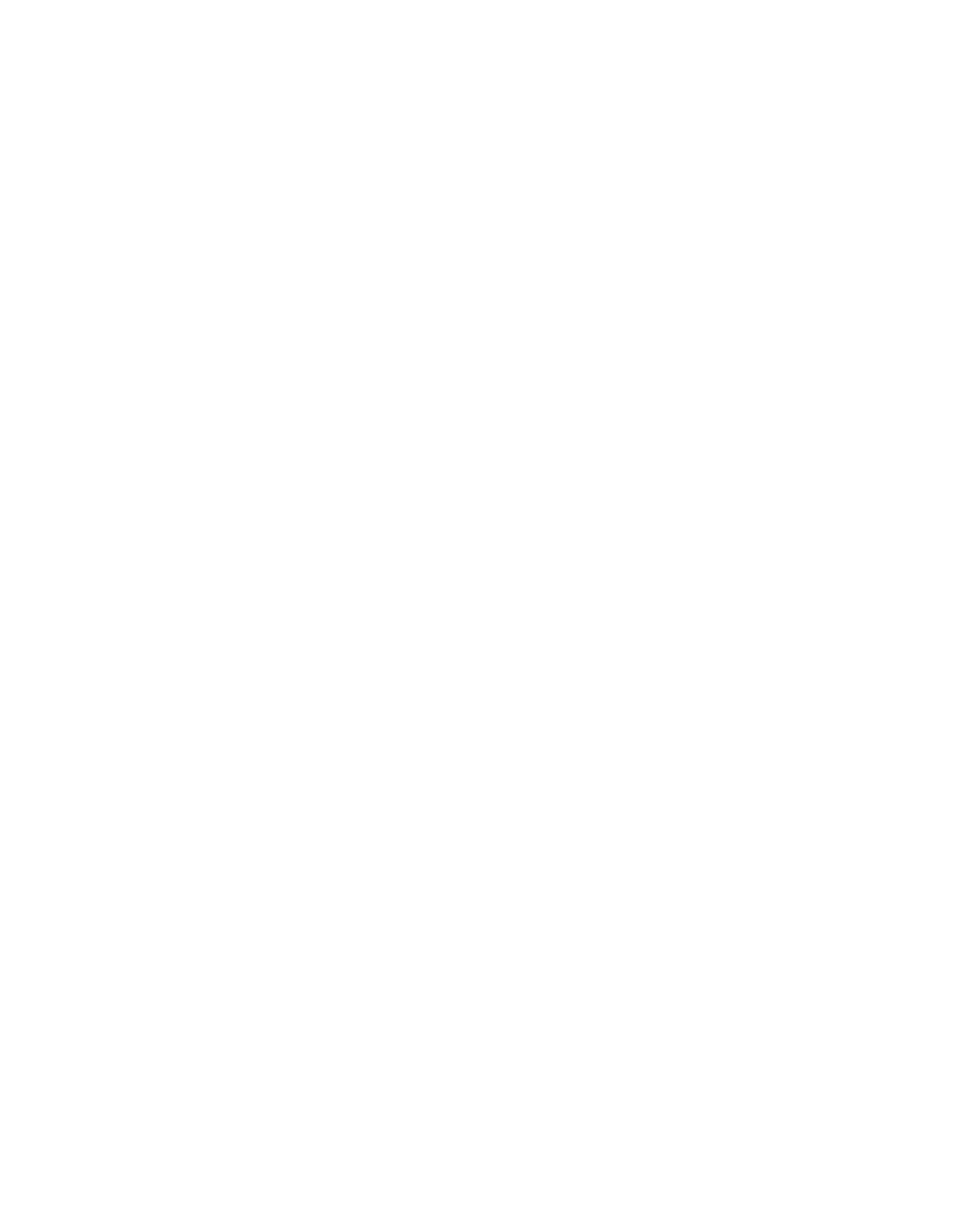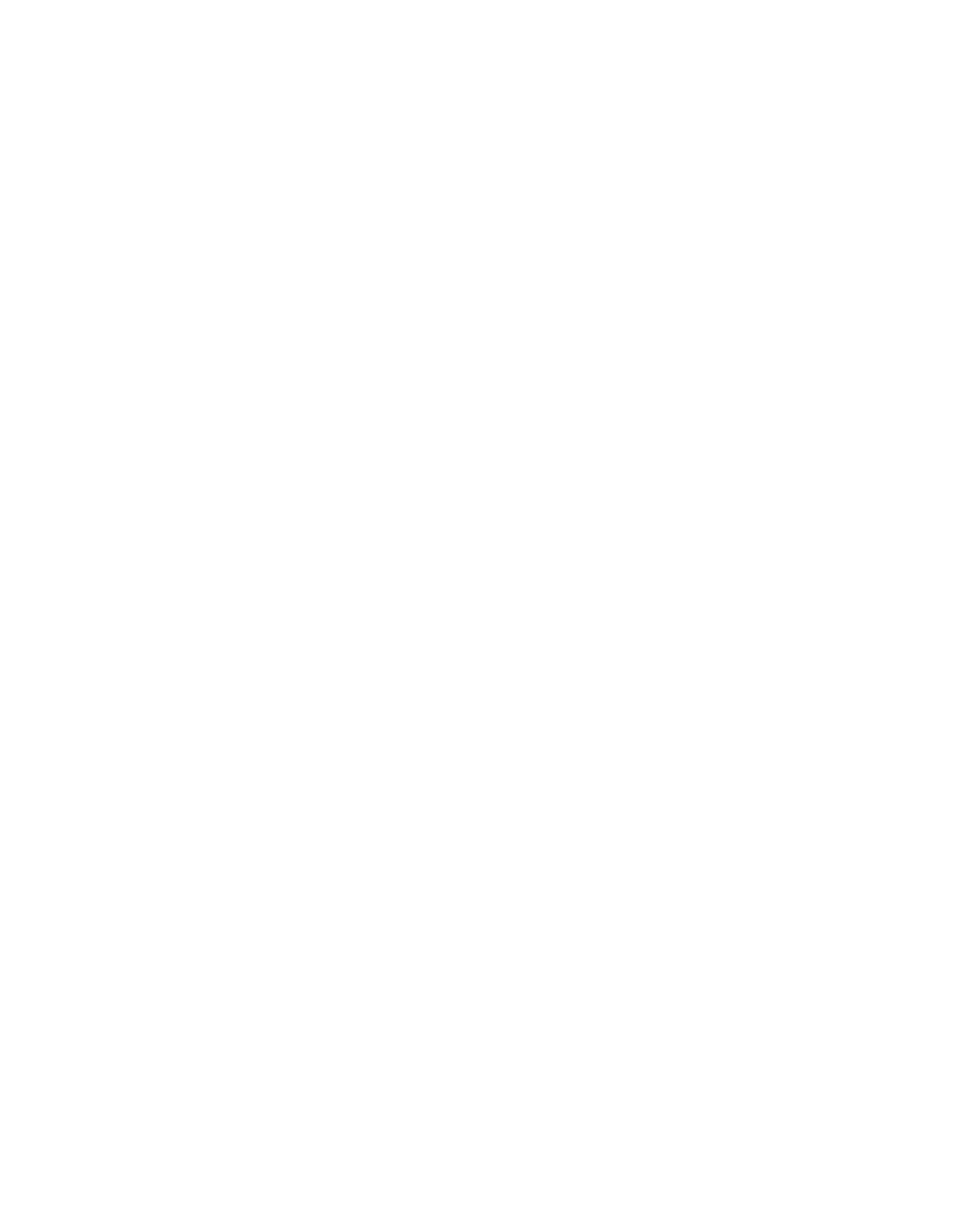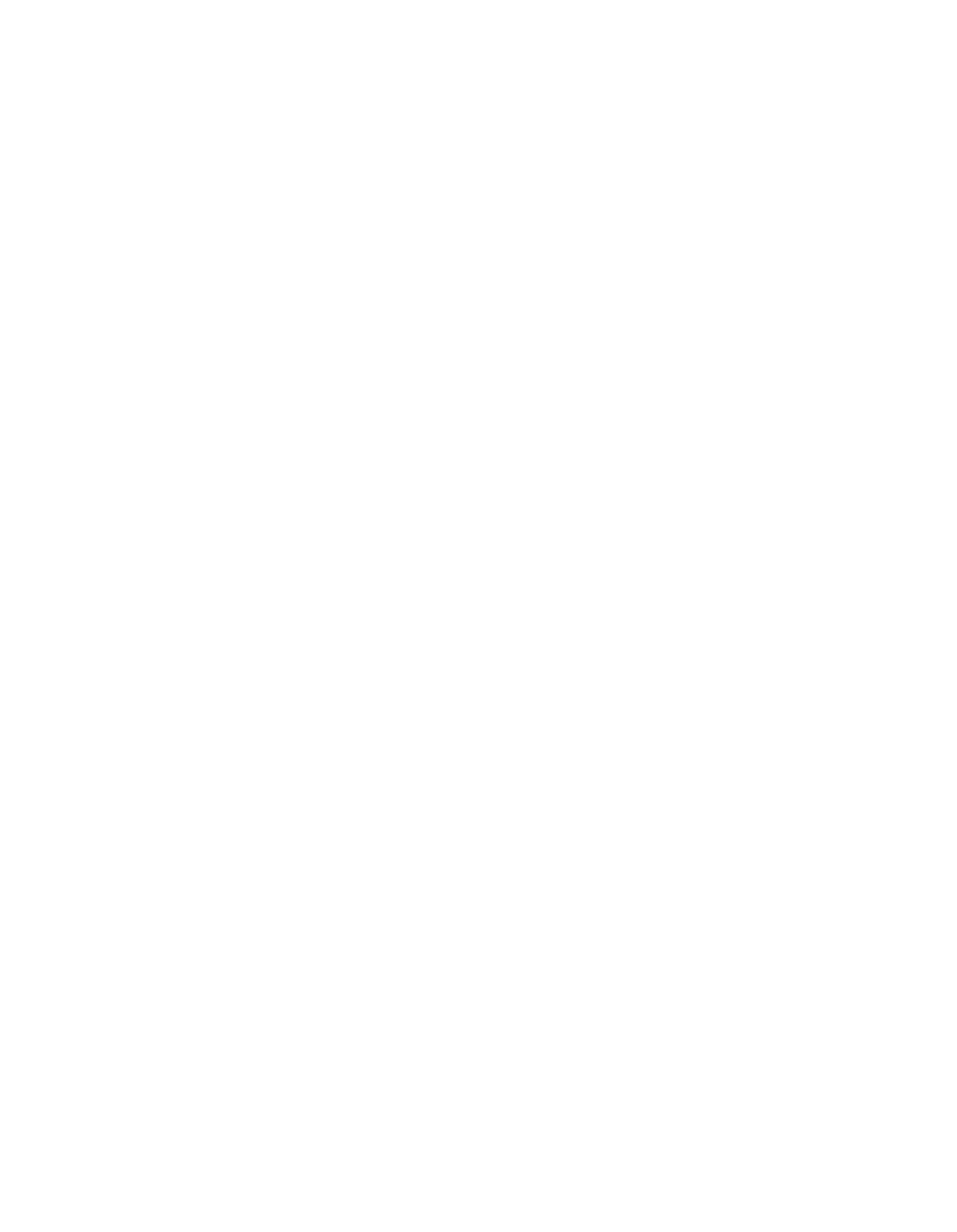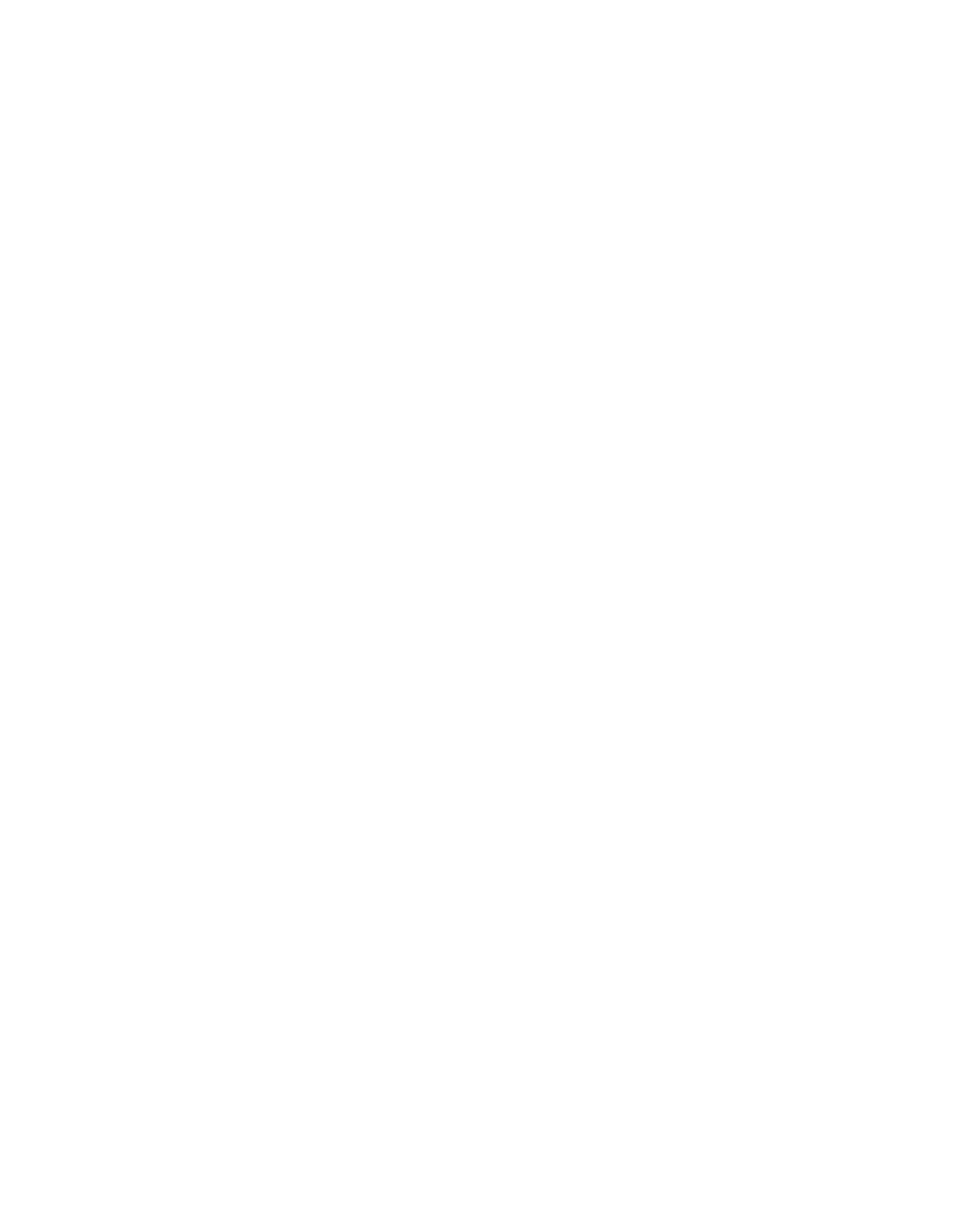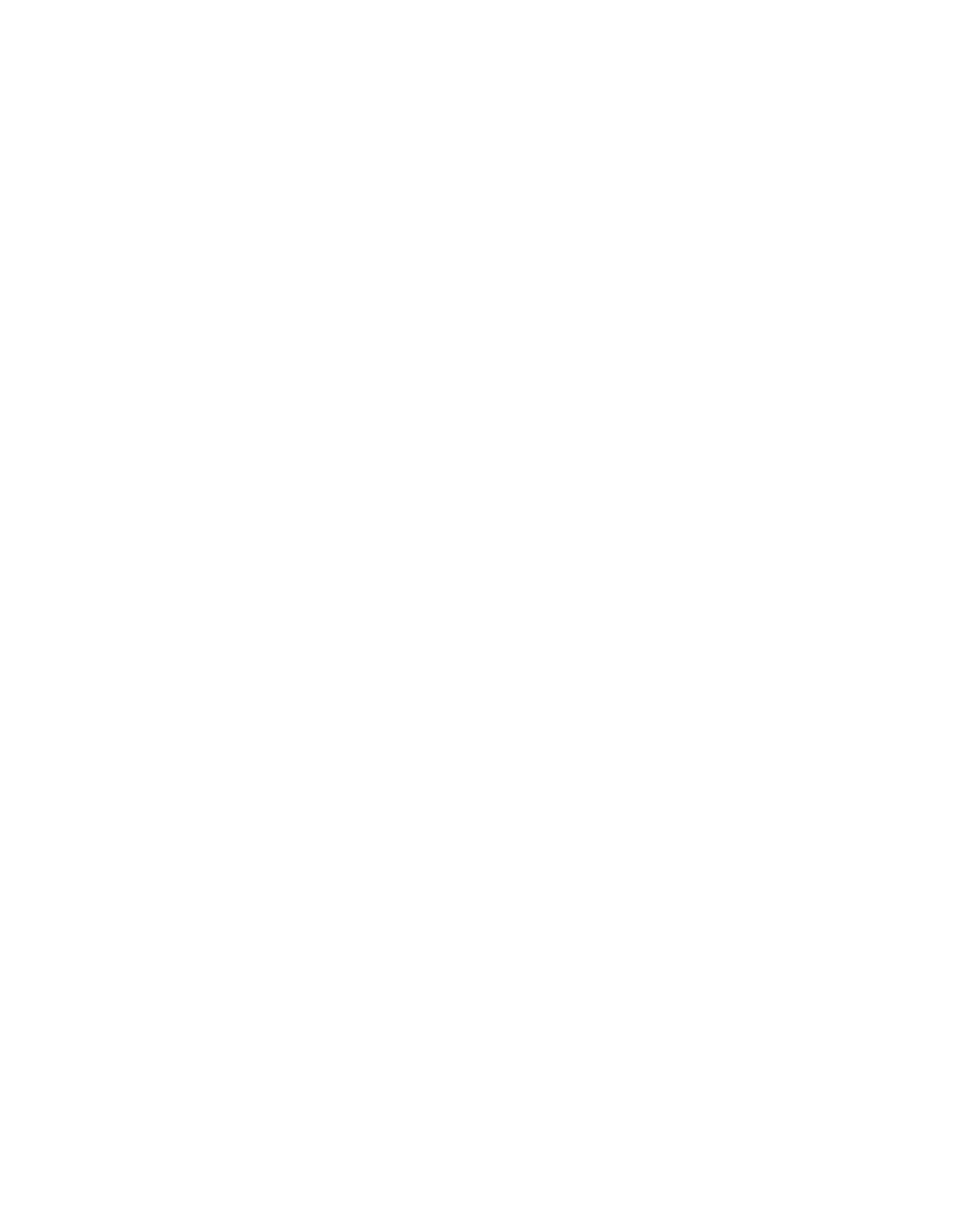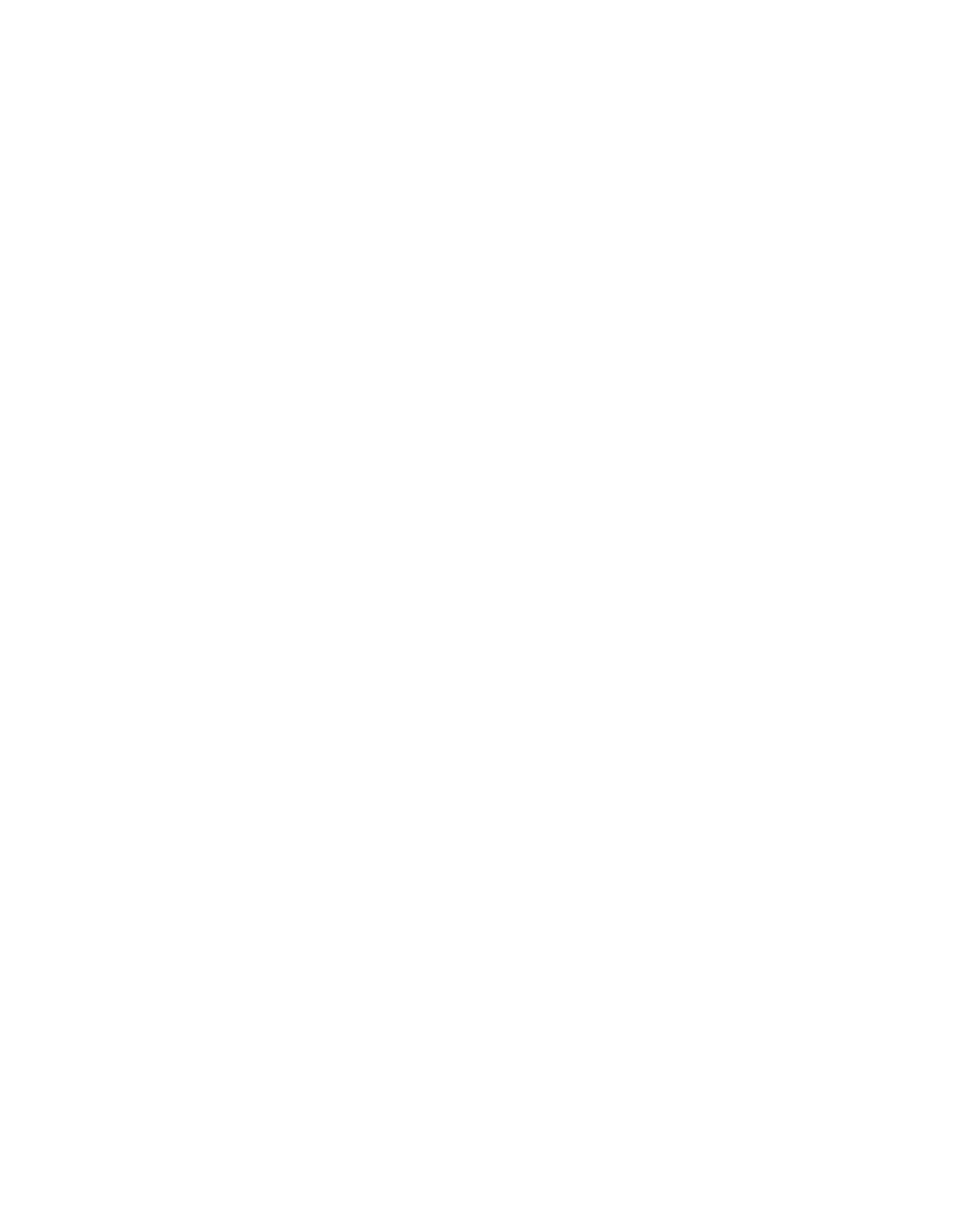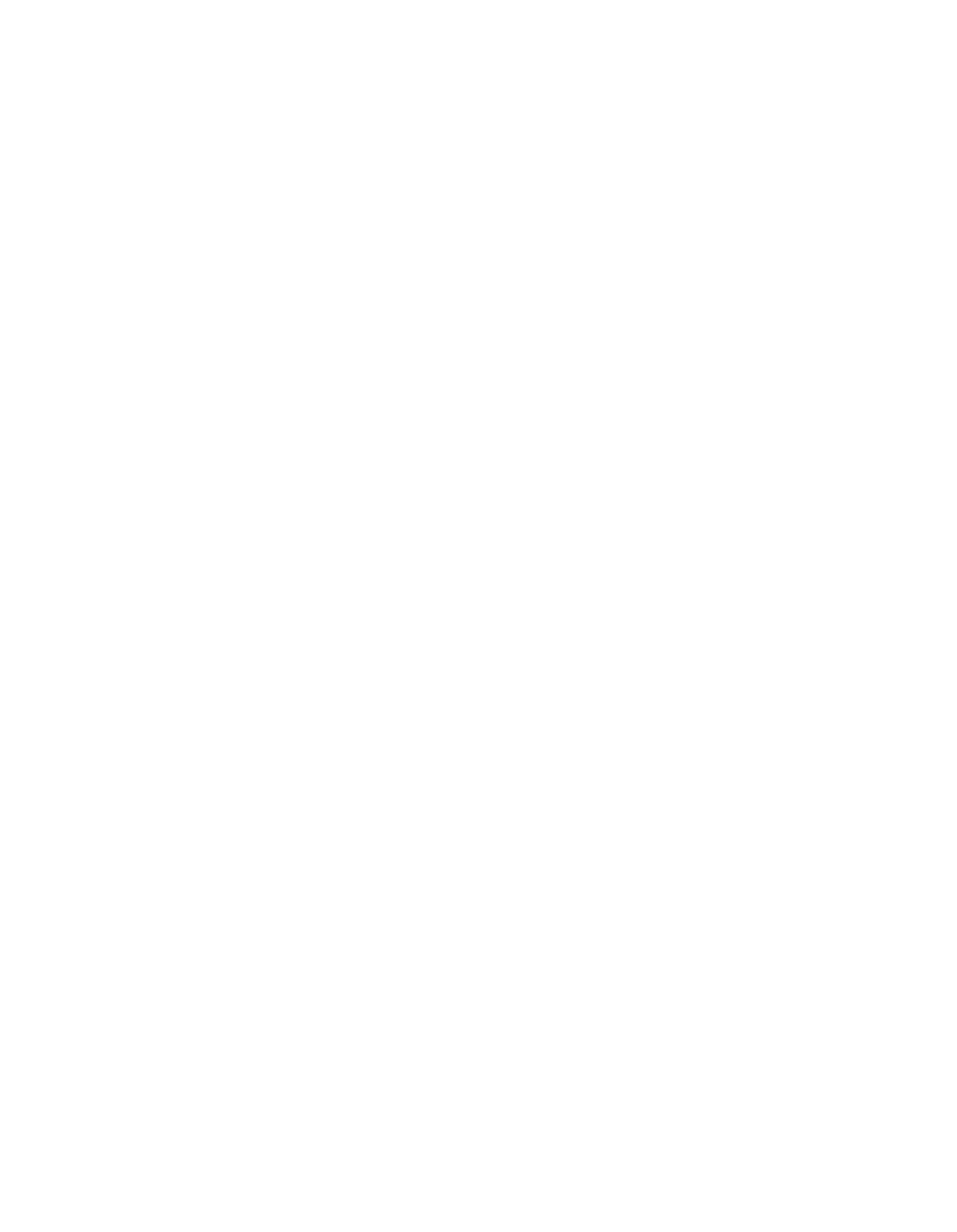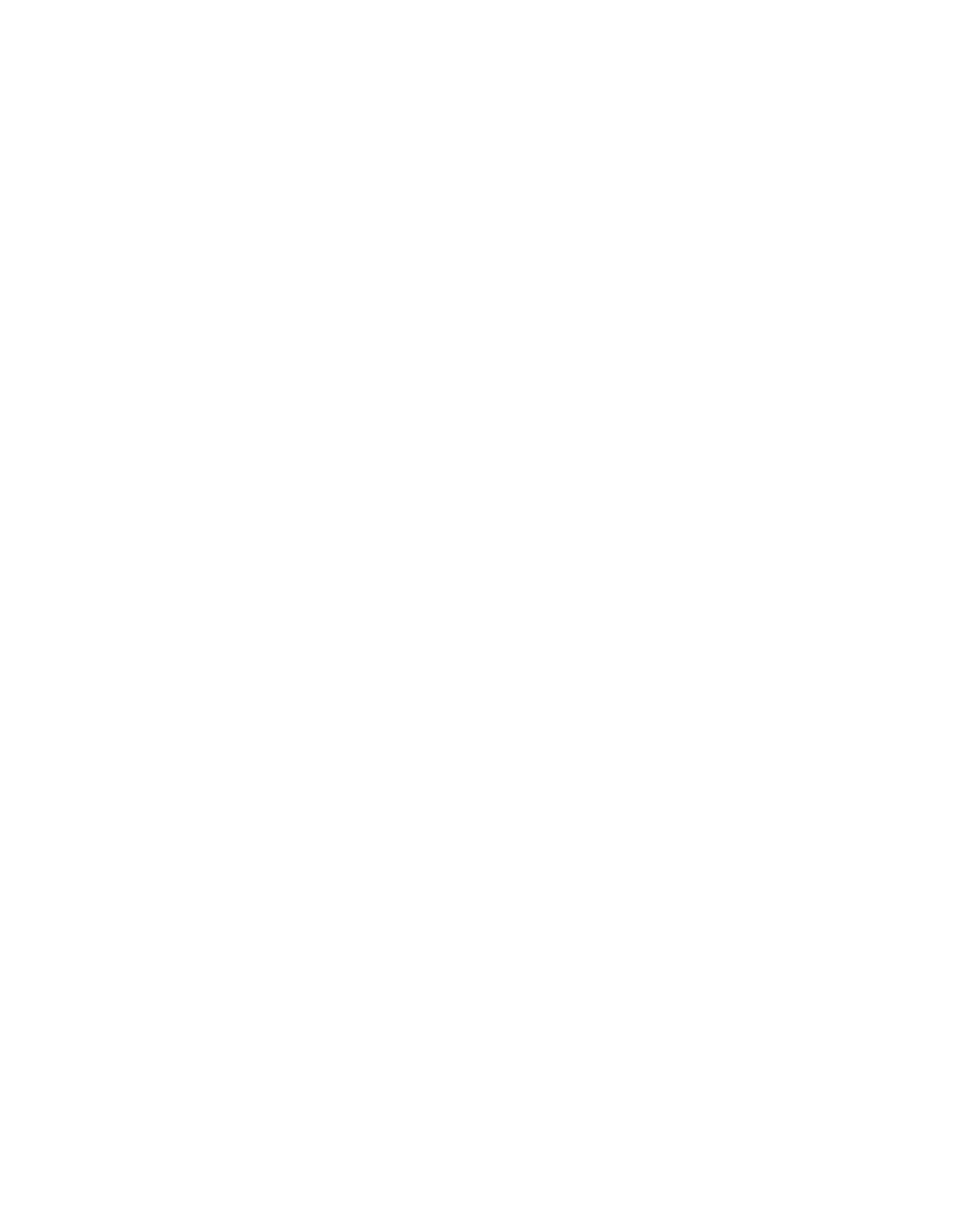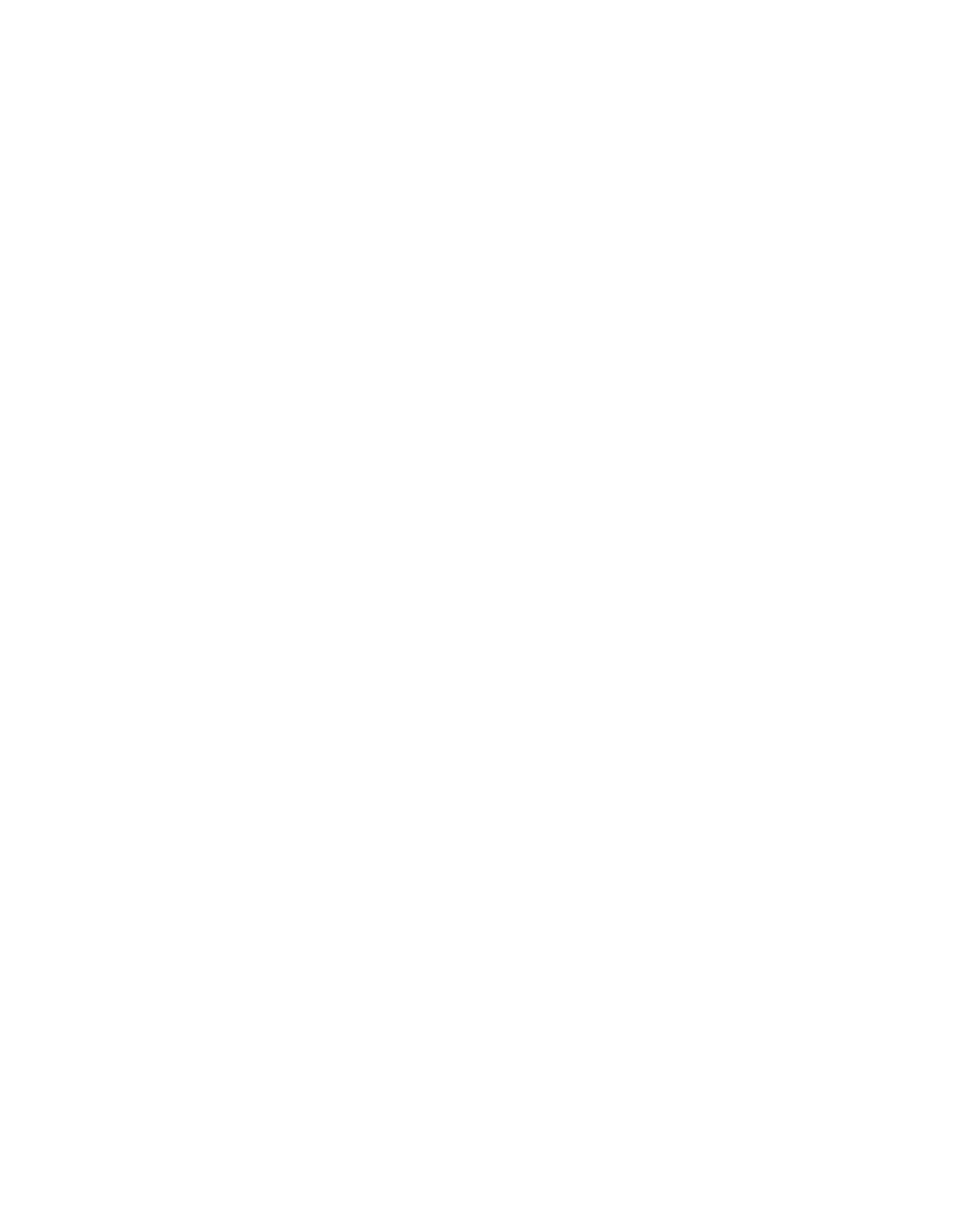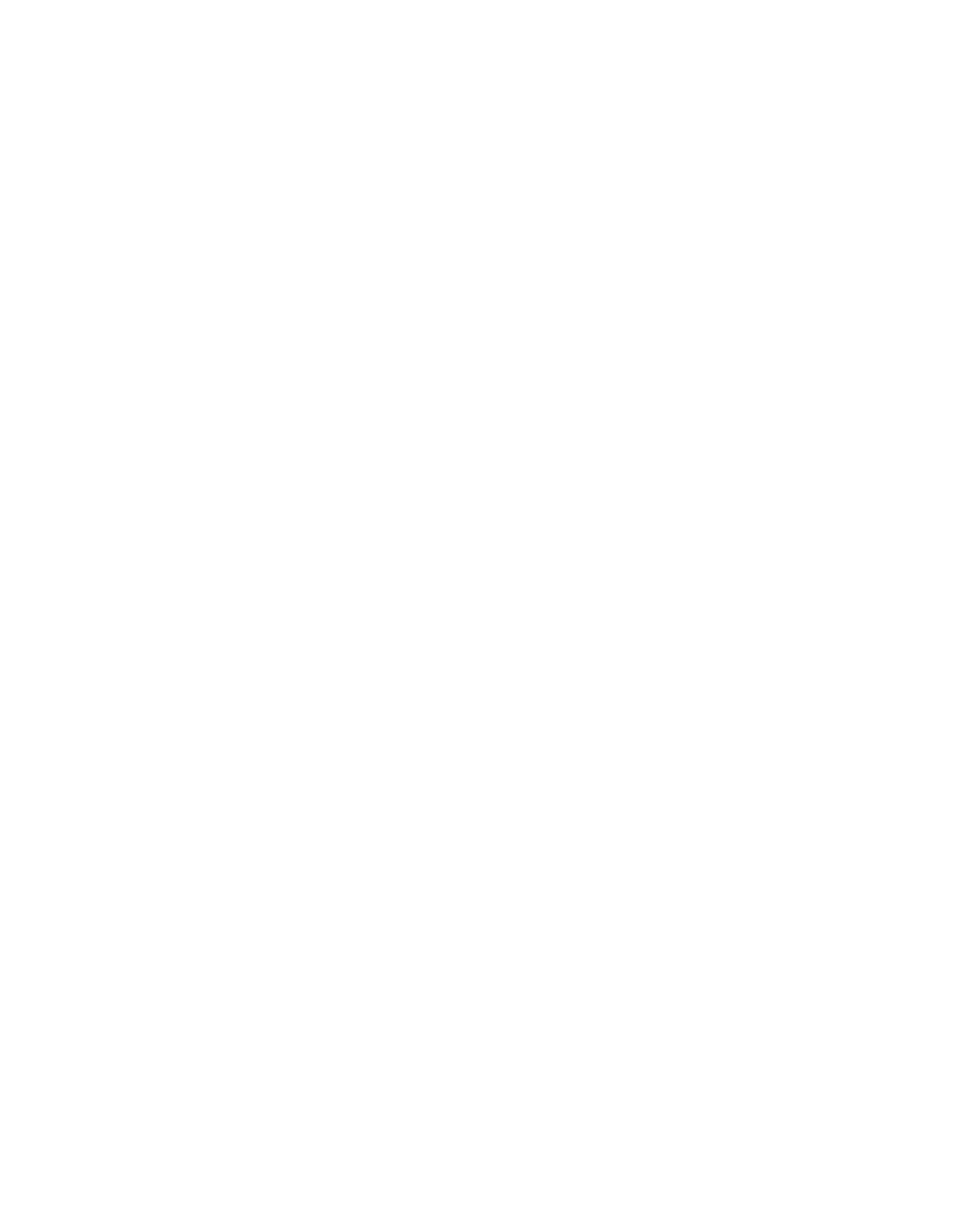ILLINOIS POLLUTION CONTROL BOARD
February 26,
1986
IN
THE
MATTER OF:
)
)
STANDARDS FOR THE EMISSION OF
)
R85-25
HYDROCARBONS AND CARBON MONOXIDE
)
FROM GASOLINE POWERED MOTOR
)
VEHICLES (I/M Rules)
)
ADOPTED RULE.
FINAL ORDER.
FINAL OPINION AND ORDER OF THE BOARD
(by J.D.
Dumelle):
This matter comes before the Board upon
an October
11,
1985
proposal
filed on behalf of the Illinois Environmental Protection
Agency (Agency)
for the adoption of regulations
to establish
standards
for the emission of hydrocarbons and carbon monoxide
from gasoline powered vehicles.
Those regulations were proposed
pursuant
to Section 13A-105 of the Illinois Vehicle Emission
Inspection Law,
Ill.
Rev.
Stat.,
ch.
95 1/2,
par. 13A-105,
et
seq.
and amend
35
Ill.
Adm. Code
240: Mobile Sources.
Hearings
were held on December
2,
1985 in Chicago and on December
11,
1985
in Sauget.
The Agency offered an amendment
to the proposal
at
the December 11,
1985 hearing which was filed with the Board on
December
12,
1985.
A comment
was filed by the Chicago Department
of Consumer Services
(Chicago) on January
6,
1986 which offered
alternative amendments.
The Board adopted
a proposed Opinion and
Order on January
23,
1986, which allowed for public comments
to
be filed on
or before February 20,
1986.
Chicago filed
a public
comment on February
11,
1986.
No other comments were filed.
This proceeding arises pursuant
to P.A.
83—1477,
the Vehicle
Emissions Inspections Law.
Under that legislation the Board was
given
90 days from the date of filing of
an Agency Inspection and
Maintenance
(I/M)
proposal
to adopt
rules which
are no more restrictive than necessary to achieve
the reductions in vehicle hydrocarbon and carbon
monoxide emissions,
as determined
by the applicable
vehicle emissions estimation model
and guidelines
developed by the United States Environmental
Protection Agency, which are necessary for
compliance with the Clean Air Act.
The emission
standards established by the Board for vehicles
of
model
year
1981 or later promulgated
shall
be
identical
in substance to the emissions standards
promulgated
by the United States Environmental
Protection Agency in connection with the emission
performance warranty eligibility under Section
207(b) of the Clean Air Act.
Section
13A-1O5(a).
-2-
Under this
provision final Board rulemaking should have been
completed
by January
8,
1986.
That date, however, has not been
met despite expeditious handling, but the Agency has stated that
the Board’s failure to meet the statutory deadline should not
have any effect on the date the program commences.
(R.
34_35)•*
Under the Vehicle Emissions Inspections Law the Agency is
required to establish an I/N program
in specified portions of the
Chicago and East
St. Louis metropolitan areas.
(R.
11).
The I/N
program consists
of mandatory annual exhaust emission inspections
of most motor vehicles in those areas from 1986 through 1991.
(R.
11-12).
The inspections will take place
at
18 inspections
stations set up and operated
by Systems Control,
Inc.
(R.
12-
13)
The Agency has adopted rules setting forth the overall
program procedures
at
35
Ill.
Adm. Code
276.
Prior to the
commencement
of
inspections
(mandated
to
be
no
later
than
July,
1986)
each
owner
of
an
affected
vehicle
will
be
sent
an
emissions
inspection
sticker
which
will
specify
a
date
by
which
the
vehicle
must
be
inspected
in
order
to
obtain
a
renewal
sticker.
(R.
13).
The inspection will consist of determining the hydrocarbon
and carbon monoxide emissions
of the vehicle to determine
compliance with emissions standards for those pollutants.
(R.
14).
The establishment of those standards is the central concern
of
this proceeding.
If
the vehicle’s emissions meet those
standards, the owner will obtain a 1-year renewal sticker.
(R.
15).
The owner
of
a vehicle which does not meet the standards
will be given
a copy of the test results and
a form
to
be
completed by
a repairman, and the vehicle must then be retested
at
a later date.
(R.
15).
If the vehicle again fails to meet
the standards the owner may request
a state inspector to issue
a
waiver for the vehicle which will be issued if all manufacturer’s
emissions warranty repairs have been made, there has been
a
proper low emissions tuneup, and for 1975 and later model
year
vehicles
a catalytic converter and fuel inlet restrictor must be
properly installed and functioning.
(R. 16-17).
If
a waiver is
not granted, the decision can be appealed or the owner may seek
to remedy the problem and take
a second retest.
(R.
17).
No
further tests
will
be allowed thereafter.
(R.
17).
Anyone
failing to comply with the inspection law may result
in
suspension of
the owner’s driving privileges
or his vehicle
registration,
or both.
(R.
18).
Section 240.102
Proposed amendments
to Section 240.102 include the addition
of
definitions
for
“Idle
Mode,”
“Heavy
Duty
Vehicle,”
“High
Idle,”
“Light
Duty
Truck,”
“Light
Duty
Vehicle,”
“Model
Year,”
*
The transcripts
of the two hearings both begin on page
1.
To avoid confusion references
to the December
2,
1985 hearing
will
be referred to as
(R.
) and references
to the December
12,
1985 hearings will
be Rh.
i.
—3-
and “Two-Speed Idle Test.”
No question was raised concerning the
definitions
of
“Idle Mode,”
“High Idle,”
“Model Year,”
or
“Two-
Speed Idle Test.”
However, some question did arise regarding the
classification definitions
of
“Heavy Duty Vehicle,”
“Light Duty
Truck,” and “Light Duty Vehicle.”
James Matheny,
an environmental specialist with the Agency’s
vehicle inspection and maintenance program stated that “the
intent
of
these
definitions
was
to
maintain
consistency
between
the
Illinois
Vehicle
Code
and
the
definitions
of
passenger
cars,
first
division
vehicles
and
second
division
vehicles,
and
then
with USEPA definitions for the establishment of
passenger car
versus truck emission standards.”
(R.
63-64).
The proposed
definitions
are
as follows:
“Heavy
Duty
Vehicle”:
a
motor
vehicle
rated
at
more
than 8000 pounds gross vehicle weight,
which is
designed for carrying more than ten persons
or
designed for the transportation of property,
freight
or
cargo.
“Light
Duty
Truck”:
a
motor
vehicle
rated
at
8000
pounds
gross
vehicle
weight
or
less,
which
is
designed for carrying more than
10 persons
or
designed for the transportation of property,
freight
or cargo, or
is
a derivative of
such a
vehicle.
“Light Duty Vehicle”:
passenger cars designed to
carry no more than
10 persons.
A question arose as to the necessity,
or effect,
of the language
“designed
for
the
transportation
of
property,
freight
or
cargo”
in the definition of Heavy Duty Vehicle.
At one point Mr.
Matheny was asked which classification would
be appropriate for a
vehicle which is not designed to carry more than ten persons
but
weighs more than 8000 pounds.
The response was:
“then it is
a
heavy duty vehicle.
Or it should be
a heavy duty vehicle.”
(R.
63).
However, when asked why the classification
is not simply by
weight, he stated that there are certain vehicles
“that do weigh
more than 8000 pounds that are registered
or are certified to
meet passenger car emission standards, registered
as passenger
cars.”
(R.
65).
This certification is apparently by USEPA.
(R.
65).
The
USEPA
definition
of
Heavy
Duty
Vehicle
is
simply
based
on
a
gross
vehicle
weight
of
greater
than
8500
pounds.*
(40
CFR
*
No
explanation
is
given
for
the
weight
limit
under
the
USEPA
definition
(8500 pounds) and the proposed limit
(8000 pounds).
However, the Board presumes that the emission reduction analysis
is premised on the 8000 pound limitation and will retain the
figure.
—4—
86.082-2).
The definition of Light Duty Truck is
a vehicle of
less than that weight which is designed to carry more than
12
passengers or for the transportation
of property or
is available
with features allowing off-street
use.
(id.).
A Light Duty
vehicle
is defined
as
a passenger car for fewer than
12 people.
(id.).
Under the Illinois Vehicle Code
(IVC) vehicles are
divided into two divisions.
First Division vehicles
are those
motor vehicles designed for carrying 10 or fewer persons, and
Second Division vehicles
are those designed for carrying more
than 10 persons, those designed for use as living quarters or for
carrying property, freight
or cargo, and school buses.
(Ill.
Rev. Stat.
1985,
ch.
95 1/2,
par.
1-217).
Both the USEPA and IVC systems appear to clearly classify
all types
of vehicles whereas
the Agency’s proposal,
which
combines elements
of
both,
does not.
Furthermore, complete
consistency with both sets
of definitions
is clearly
impossible.
In order
to provide clarity, and without making the
definitions
any more inconsistent than they presently are,
the
Board proposes to amend the definition of Heavy Duty Vehicle by
deleting everything after the word “weight,”
thus making all
vehicles
of greater than 8000 pounds fall under this
classification.
Vehicles
of under that weight would then be
subdivided as Light Duty Vehicles or Light Duty Trucks based upon
use.
The Board does not expect this change to significantly
affect the emissions reductions
under
the program and believes
that what may be lost
in that regard is more than offset by the
enhanced clarity and enforceability of the rule
as modified.
Section 240.104
The Agency has proposed to delete existing Section 240.104
in its entirety and to substitute new language since the present
language
is “meaningless
and unenforceable,
...
and
is
a
throwback to
a regulation
of the now defunct Illinois Air
Pollution Control Board.”
(Rh.
6).
The new language simply
states that vehicles subject to inspection shall meet the
emission standards
of Section 240.124.*
The Board agrees with the Agency that the existing language
is inappropriate
in that
it refers
to
a program which has never
been adopted and
could cause confusion with the presently
proposed I/M program.
Some question was raised by Chicago as
to
whether deletion of this provision would result
in the deletion
of substantive provisions regarding tampering and opacity.
However, the Board also agrees with the Agency that the deletion
of this provision in no way impairs the prohibitions against air
pollution control equipment tampering or against
the presence
of
visible emissions from motor vehicle exhaust pipes.
These
prohibitions remain in 35
Ill.
Adm. Code 240.103
and 240.121.
*
The proposal contains
a typographical error and refers
to
Section 204.124.
—5—
CR11.
5-7).
The Board, therefore, proposes
to amend Section
240.124
as proposed by the Agency.
Section 240.105
The Agency originally proposed the deletion of Section
240.105 regarding penalties in its entirety.
However,
at the
December
11,
1985
hearing
the
Agency
proposed
substitute
language.
The
language
which
is
proposed
to
be
deleted
simply
states
that
violations
of
the
mobile
source
rules
shall
be
subject to the penalty provisions
of Section 42 of the
Environmental Protection Act
(Act).
However,
penalties imposed
pursuant to the Vehicle Emissions Inspection Law, are subject
to
the provisions
of Sections 13A-112 and 13A-1l3 of Chapter
95 1/2
of the Illinois Revised Statutes.
Existing provisions remain
constrained by Section
42 of the Act.
Given that different
provisions
of Part
240 are subject
to differing penalty
provisions,
the Board finds that it is appropriate to include
a
section as proposed by the Agency in its Petition to Amend which
sets out these differing provisions.
Section 240.106
Present Section 240.106 sets out the requirements for
determining
violations
of
the
opacity
standards
and
equipment
requirements.
The
Agency
has
proposed
amendments
which
would
add
requirements
for
the
determination
of
violations
of
the
exhaust
emissions
standards
for
carbon
monoxide
and
hydrocarbons.
The
substance
of
this
proposed
amendment
was
not
questioned.
However,
as
proposed,
the
new
requirements
would
be
contained
in
a
“hanging
paragraph,”
which
the
Board
attempts
to
avoid
for
purposes
of ease of reference
and clarity.
At hearing the Board
suggested that the new provision be denominated as subsection
(c).
The Agency did not agree with that suggestion since
subsection
Cc) does
not fall appropriately under the introductory
language of the section.
The Board agrees.
However, the Board
proposes
the amendment
of
this Section in such a way that both
concerns are met.
The substance, however,
is intended to remain
unchanged.
Section 240.124
Section 240.124 is
at the heart of this
proceeding and is
also the most contested provision.
This
section establishes
the
vehicle exhaust emissions limitations for carbon monoxide and
hydrocarbon for the various classifications
of vehicles
subject
to the I/M program.
USEPA requires that all federally mandated
hIM programs
be designed at
a minimum
to meet Reasonably
Available Control Technology
(RACT) standards.
(R.
44).
The
Vehicle Emissions Inspections Law further requires that “emission
standards
be set no more restrictive than necessary
to achieve
the reductions
...
necessary for compliance with the Clean Air
Act.”
(R. 44-45).
Thus,
the Board is constrained to adopt
—6—
standards equivalent
to RACT which has been determined to
represent
an emission reduction of 25
of hydrocarbons
and 35
of
carbon monoxide.
(R.
45-46).
In order to meet these goals
the Agency had
to select the
type of emission test
to
be used for 1981 and later model
years
(idle test or two-speed test),
the failure rate
(stringency), and
finally the actual emission test standards which will result
in
meeting the required RACT emission reductions
of 25
of
hydrocarbons
and
35
of carbon monoxides.
The Agency utilized
the MOBILE
2 motor vehicle emission estimation model
to calculate
both the required failure rate applicable
to the pre-1981
vehicles
and the appropriate test for the 1981
and later models.
Since
1981, motor vehicles have been required
to
be equipped
with computer controlled
engines
and sophisticated emissions
control systems.
Consequently,
the pre-1981 and the 1981 and
later model vehicles require different considerations
for the
type
of test and failure rate to achieve the required emission
reductions.
If an idle mode test were chosen for the later
year
models,
a 30
failure rate for the pre-1981 vehicle would be
needed to meet RACT requirements.
(R.
48).
However,
since
a two
step, loaded mode test that simulates real driving conditions
can
more accurately identify those vehicles that are emitting
pollution in excess
of applicable design standards, by selecting
~he two step test only
a 20
failure rate was needed for the pre-
1981 vehicles due to the greater reductions for the newer
vehicles.
(R.
47).
The Agency, therefore,
chose the two-speed
test which should result in overall program cost savings.
(R.
50).
Having selected the type of test and failure rate,
the
Agency proposed the federal warranty standards
as the emission
standard,
as required by statute, for the 1981 and later
vehicles.
Finally, the Agency proposed standards for the pre-
1981 vehicles that would produce
a nominal 20
failure rate which
is needed
to meet the overall emission reductions.
The Agency
attempted to set these standards
in such a manner that each
vehicle classification for which an emission standard was
established would have the same 20
failure rate.
This was done
to establish equitable and uniform failure rates for all model
years.
(R.
51).
In order
to select these standards, the Agency
utilized data from existing I/M programs in Wisconsin and
Louisville,
Kentucky, since those programs are relatively new,
centralized, contractor-operated
programs in nearby geographical
areas,
and, therefore,
should be most analogous
to Illinois’
proposed program.
(R.
54).
The
data
from
these
programs
was
evaluated to determine the actual emission test standards
by
model year groupings
that
would
correspond
to
the
20
failure
rate.
USEPA
and
Agency
witnesses
contend
that the standards
proposed
meet
the
statutory
requirements,
i.e. they are
as
stringent
as necessary,
but no more so,
to meet
federal
—7—
demands.
The record
is, further, devoid of any evidence to the
contrary.
The only substantial issues are raised by the Chicago
Department
of Consumer Services.
Joseph Seliber,
P.E.,
on its
behalf, argues, essentially, that the proposal is not stringent
enough
and
that
the
program
should
include
anti-tampering
requirements.
It reiterates
this view in its February 11,
1986
comments.
Mr.
Seliber stated that the “cutpoints for 1979 and
older
cars detailed in Section 240.124 should be tightened up,
particularly the carbon monoxide standard.”
(R.
83).
He further
stated that
“it
is desirable to provide more than the minimum
emission reduction requirement,
if
it can be done
at little extra
cost” and that
if Chicago’s proposal
“results in air which
is
cleaner than necessary,
it will give us the opportunity to absorb
more
industrial growth.”
(R.
9).
Instead of
basing the proposed
standards on
a determination of what level would result in the
necessary failure rate, Chicago based its standards
“on the basis
of knowledge of engine combustion principles, and the practical
experience of supervising thousands
of carburetor adjustments”
during the City’s voluntary inspection program
in the late
1970’s.
(R.
104).
Mr. Seliber also believes that the I/M program ought
to
include
a tampering inspection.
In order to accomplish this the
Department recommends
a two-tier standard:
those vehicles which
meet the strictest standard would automatically get a
certification sticker, regardless
of whether the car had been
tampered with; those which fail to meet the more lenient standard
would not get
a sticker regardless
of tampering,
and those
in the
middle would be inspected for tampering and would
get
a sticker
only if there were no evidence of tampering.
A tampering
inspection would allegedly take
a minute or less, would
significantly reduce emissions beyond the Agency’s proposal and
thereby result in quicker attainment of the NAAQS.
Chicago believes
that
its proposal
is consistent with the
legislative mandate.
The basis for that position is that “the
requirements which the Illinois EPA is trying to follow are
predicated on many assumptions which are difficult for them to
prove” and that
in determining the establishment
of minimum
standards
(i.e.
“no more restrictive than necessary” under
the
Vehicle Emissions Inspection Law),
minimum standard should be
defined as
“that standard which
is likely to achieve the goal at
no
significant extra cost.”
(R.
106).
In short,
Chicago urges
that
a safety factor
be included in establishing the emissions
standards and by including an anti-tampering inspection.
In its February
11,
1986 comments, Chicago
takes this
argument one step further.
It contends that the Board must adopt
these more stringent measures
since Section 13A-1O5(a) of the
Vehicle Emissions Inspection Law requires compliance with the
Clean Air Act and Section 172 of that Act requires attainment of
the NAAQS
“as expeditiously as practicable.”
Since these more
—8—
stringent standards are practicable, the argument concludes,
they
must
be
adopted.
However,
the Board
gives weight to the testimony of the
USEPA witness regarding the federal acceptability of the proposed
rules.
Furthermore, the Board finds
that the legislation does
not
allow
the
Board
to
adopt
anti-tampering
rules
or
more
stringent
standards
in
this proceeding.
The I/M,
fast-track,
legislation
appears
to
be
clearly
limited
to
establishing
emission standards
and not tampering prohibitions.
Furthermore,
I/M contracts have been signed which do not include inspections
for tampering and such
a change would undoubtedly set back the
program which is already falling behind schedule.
Thus, while
there
is considerable merit to this proposal, the legal and
practical impediments are too great to be overcome in this
proceeding.
Any such action would require
a new rulemaking.
The
Board, therefore, proposes Section 240.124
as
proposed by the
Agency.
Section
240. 125
Section 240.125 simply requires that compliance with the
emission limitations shall
be determined using the idle mode for
all vehicles and that 1981 and later light duty vehicles and
light duty trucks shall also be tested at high idle.
The
emission limitations of Section 240.124
are dependent upon the
use of this testing mechanism and no one has questioned
the
propriety of the rule.
The Board, therefore, proposes this
section
as
proposed by the Agency.
ORDER
The Board hereby proposed the following amendments
to
35
Ill. Adm. Code,
Subtitle
B:
Air Pollution, Chapter
1,
Pollution
Control Board,
Part
240:
Mobile Sources.
(New language
is
underlined.
Deleted language
is lined through.)
Section 240.102 Definitions:
All terms which appear
in this Part have the definitions
specified in this Part and
35
Ill.
Adm. Code 201 and 211.
“Idle Mode”:
that portion of
a vehicle emission test
p~ocedure conducted with the engine disconnected from an
external load and operating at minimum throttle.
“Heavy Duty Vehicle”:
a motor vehicle rated at more than
8000 pounds gross vehicle weight.
“High Idle”:
that portion of
a two-speed idle test conducted
with the engine operating at
a speed of approximately 2500
RPM.
—9—
“Li~htDutyTruck”:amotorvehic1erat~9~Q~nds
mor e
than
1O~persons
or
desi~ned
for
tlns
ortation
of
property,freightorca~,orisaderivat±veofsucha
vehicle.
~
~
ethan10p~ero
“ModelYear”:thejearofmanufactureofamotorvehicle
basedupontheannual2roductionperiodas~~natedb~the
manufacturerandindicatedonthetitleandregistrationof
~
If the manufact
er
does
not
des
e
a
~
_~Y!9~PL~2~
consistin& of
the
meas ur ements
of
exhaust
emission
in
idle
and
idle
modes.
Section
240.104
Inspection:
a4
whe~i the
Beaf~has ~ssee~
~u~es
arid
~eg~e~s
~eq~g
the
~
i~eiianee
e?
?ea~u~es
e~’e~ti~p~e~~i
ef
efi
~
veh~e~es ?e~
the
pu~pesee~
ee~e?c~1~g
e~s~e~s
thefe?~em1
i~eme~e~veh.~e~eshall
~e ~ss~ed
ai~i
spee~e~
s~ekei~ as
~eq~i4~e~
ps~a~
~e
~
ill-
A~m-
?e~e~ S~~e
B~ ?hap~ef
~
4?hap~e~41
wi~ess
all
sueh
fequ4~e~ ?eat~t~es
et~eqe~pme~t have
bees
~speete~
~i
aeeefda~ee
w~h
the
s~a
at~ds-
~es~i~g
~eeh~ques
afid
s~ue~ens
?~she~
~y
the
Boa~’d a~
has
~ee~
?eu~i~ ~e
ii~ee~
these
s~aa~s-
~4
Me~o~veh~e~e eflg4~es1
hav4iig
the
ifia
?ee~u~e~s!
a~
~ellt1~oft ee~~e1sys~ev~s s~alle~-shall
eert~p~yw~h
~ee~e~
249
2~a-)~
e-)
Me~e~veMe~e
e~~ig4iies1~
hav~g
the
ma~a?aet~u1~efsL
a4~
pe~
t~e~iee~~e~
systems
s~alle~-shall
~e
ma~~a4~e~
~e
eemp~yw~h See~ei~i249~2?t-(a4-
All
mot or
ye hi cl es
subject
to
inspection
~yursuant
tO
Section
1 3A-104 ~
Rev
.
Stat..
198 5,Ch
1/2,
far.
13A-104Y
shall
comply
with
the
e xha ust
emission
standard
s
f or
car bon
mo noxide
and
h1drocarbons
set forth at Section ~40.1~7~ of this Part.
Section
240.105
Penalties:
a)
Any
violations
of
any
provisions
of
this
Ghap~ef
Sections
240.103,
240.121,
240.122~
and
240.123
shall
be subject to the penalties
as set forth in Section
42
of the Act
(Ill.
Rev.
Stat.
~
ch.
111 112, par.
1042 (1985)).
-10-
b)
Any violations
of any provisions
of Sections 240.104
and 240.124 shall
be subject
to the penalties
as
set
forth in Sections 13A-112 and 13A-113 of
the Vehicle
Emissions Inspection Law
(Ill.
Rev.
Stat., ch.
95
1/2,
par. 13A—112,
13A-113 (1985)).
Section
240.106
Determination
of
Violation:
a)
Any violation of any provisions
Sections 240.103,
240.121, 240,122,
and 240.123 of this Part shall be
determined:
a4
Bby visual observation~
,
or
è4 B1~y
a
test procedure employing an opacity measurement system
as
qualified
by
35
Ill.
Adm.
Code
201,
Subpart
J.
b)
Any
violations
of
Section
240.124
shall
be
determined
in
accordance
with test procedures adopted
by the
Agency.
Section
240.124
Vehicle
Exhaust
Emission
Standards:
a)
Exhaust emissions
from
light duty vehicles shall not
exceed the following limitations:
~ydrocarbons
as
Model Year
Carbon Monoxide
()
Hexane
(ppm)
1968
—
1971
9.0
900
1972
-
1974
____
____
1975
—
1977
7.0
700
1978
-
1979
____
____
1980
3.0
300
1981
and
later
1.2
220
b)
Exhaust
emission
from
light
duty
trucks
shall
not
exceed
the
following
limitations:
hydrocarbons
as
Model
Year
Carbon
Monoxide
()
Hexane
(ppm)
1968
—
1971
9.0
900
1972
-
1974
____
____
1975
-
1978
7.0
700
1979
—
1980
____
600
1981
—
1983
3.0
300
1984
and
later
1.2
220
—11—
~ç:)
~
exceedthefollowin~jimitations:
~ydrocarbons
as
1968
1971
9.5
1500
1972
—
1978
9.0
900
1979
—
1984
7.0
700
1985 and later
3.0
300
For ~urposes
of determininS compliance
with
Section
240.124
of ta
~
~atin~intheidl
e
mode,
and
al
981 and later model
~arli&htdutyvehi
cl
and
li&ht
duty
truc
shall
be
IT
IS
SO
ORDERED.
I, Dorothy N. Gunn, Clerk of
the Illinois Pollution Control
Board, hereby certify that the above Opj~nionand Order was
adopted
on
the
day
of
~
,
1986
by
a
vote
of
—
~
~~T7
~
Dorothy
M.G~unn,
~T~k
Illinois Pollution Control Board
